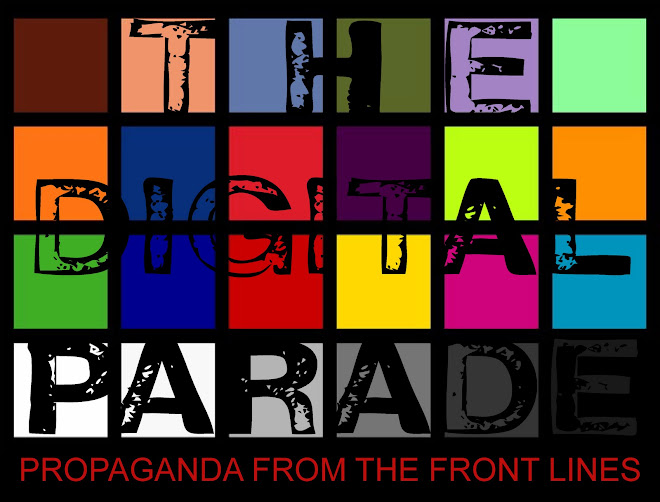
Having a professional-grade waveform monitor on the set to analyze exposure is absolutely critical when dealing with digital capture. And if you were to take a survey of all the sets across the entire country on any one day you'd find that 99.9% of the waveform monitors used to judge exposure are set to an IRE percentage scale. Unfortunately, the IRE scale is simply the wrong tool to use for digital capture. Let me explain...
The IRE scale is named after The Institute of Radio Engineers which was first formed in 1912. The IRE merged with another engineering society in 1963 and is now known as The Institute of Electrical and Electronics Engineers or IEEE. IRE's as a unit of measurement are designed to measure an incoming composite video signal in milivolts (mV) and then convert it to a 0 - 100 percentage scale where 0% is black and 100% is white. The reason IRE's use a 100% scale is because a composite video signal is an analog signal. There are no discreet points in an analog signal as an analog signal by definition can be thought of as a continuous wave not as specific points on a graph. An amplitude scale from 0-100 makes a lot of sense when dealing with analog signals because this scale gives you a relative understanding of video gain. The brighter the pixel in the image the closer to 100 IRE. The darker the pixel the closer to 0 IRE. But because this is a relative scale each luminance value in a pixel is simply an approximation when transferred onto an IRE % waveform. The pixel's luminance does not correspond directly with a specific IRE % because the pixel is not discreetly sampled like it is in digital video. The IRE scale is still a great way to monitor your video images. As long as they are analog video images. Which is another way of saying that the IRE scale was designed and is intended for standard definition video only.
So why do we still use an SD scale for HD video? Simple: legacy. It's human nature. Once you get used to something, why change? Many of the engineers that were designing this stuff twenty years ago are still around designing it today. All of your brand-spankin' new Leader waveform monitors will come equipped with an IRE scale. We've all gotten accustomed to it. Our DP's are finally accustomed to asking that skin tones settle in to 40 IRE. What will they think when we tell them this whole thing has been a sham right from the beginning?
Don't sweat it just correct it. In digital video a camera sensor's ability to capture differences in illumination is dependent on its quantization level or bit depth. The higher the bit depth the more discreet steps of luminance a sensor can discern. An 8-bit sensor can make out 256 discreet differences in luminance. A 10-bit sensor 1024. 12-bit 4096. And 14-bit 16,384. Depending on the bit-depth range each pixel on a digital sensor will assign a discreet value for every step of luminance difference within a scene. This number is known as a coded value.
When dealing with digital video you want the ability to use a waveform monitor to identify discreet differences in luminance within a scene. A coded value scale is the only scale that will give you these discreet readings. For most applications a 10-bit scale is standard and user-friendly. Again, there are 1024 discreet steps of luminance in a 10-bit image. Looking at a waveform coded value scale we would find 0 at the bottom of the scale representing total black and 1023 at the top of the scale representing total white. This scale will usually also be identified with 100/75/50/25/0% markings. A coded value of 940 will correspond to 100%. 721 is 75%. 502 is 50%. 283 is 25%. And 64 is 0%. Here's a scale that includes both IRE % and 10-bit coded values for Sony's S-Log gamma curve.

We can see that these 10-bit coded values get close to an IRE % scale. But for what I do, close is not good enough.
It's about time that we start embracing the coded value scale when we discuss luminance within a digital video signal. It is the only correct way in which to truly monitor HD video. One British company that insists on using code values on all of its waveform scales is OmniTek. They're propelling HD test measurement into the future where it belongs, not into the past where just about everyone else is stuck.
So the next time your DP asks for skin tones to hit 40 IRE let her know that they look fantastic at 420d.

